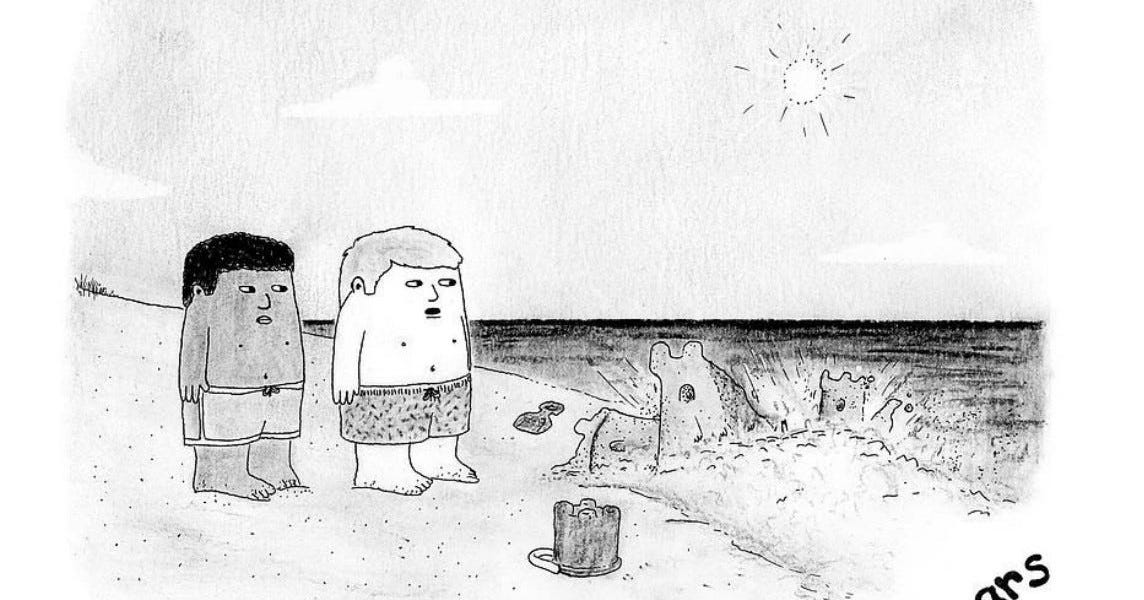eleitl @ eleitl @lemm.ee Posts 711Comments 641Joined 1 yr. ago
eleitl @ eleitl @lemm.ee
Posts
711
Comments
641
Joined
1 yr. ago
Featured
We've moved to /c/collapse on lemmy.zip since lemmy.ee instance is being shut down
Contraction of the World's Storm-Cloud Zones the Primary Contributor to the 21st Century Increase in the Earth's Sunlight Absorption
Weakened Atlantic Meridional Overturning Circulation causes the historical North Atlantic Warming Hole
Large, regionally variable shifts in diatom and dinoflagellate biomass in the North Atlantic over six decades
The history of a + 3 °C future: Global and regional drivers of greenhouse gas emissions (1820–2050)
The Crisis Report - 107 I am becoming more and more confident that we are looking at +3°C of warming BY 2050.
Global impacts of heat and water stress on food production and severe food insecurity (2024)












